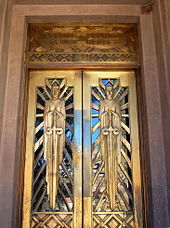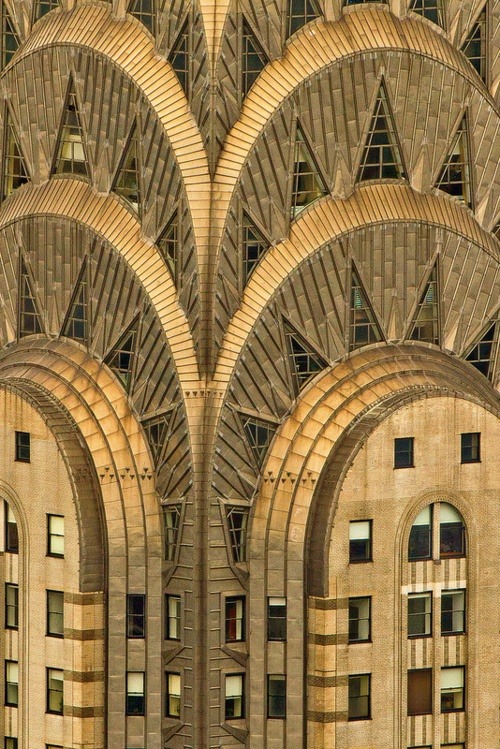One of my favourite styles, absolutley timeless, a classic!
It was not just for the elite. By the 1930s, mass production meant that
everyone could live in the deco style. Travel became popular. African safaris
were all the rage and animal skins, ivory, mother of pearl, and tortoiseshell
began to appear in the home. After Tutankhamun's tomb was discovered, Egyptian
pyramids and sphinxes adorned everything.
Wrong era? nope these are the bring young things!
was a nickname given by the tabloid press to a group of bohemian young aristocrats and socialites in 1920s London.[3] They threw elaborate fancy dress parties, went on elaborate treasure hunts through nighttime London, and drank heavily and experimented with drugs—all of which was enthusiastically covered by the journalists such as Tom Driberg.[
Art deco (c.1908 to 1935)
Art deco began in Europe, particularly Paris, in the early
years of the 20th century, but didn't really take hold until after World War I.
It reigned until the outbreak of World War 

Style
- geometric and angular shapes
- chrome, glass, shiny fabrics, mirrors and mirror tiles
- stylised images of aeroplanes, cars, cruise liners, skyscrapers
- nature motifs - shells, sunrises, flowers
- theatrical contrasts - highly polished wood and glossy black lacquer mixed with satin and furs

Influences
- art nouveau - deco kept the nature motifs of its predecessor but discarded its flowing organic shapes and pastels for bolder materials and colours such as chrome and black
- cubism -painters such as Picasso were experimenting with space, angles and geometry
- early Hollywood - the glamorous world of the silver screen filtered through to design using shiny fabrics, subdued lighting, and mirrors. Cocktail cabinets and smoking paraphernalia became highly fashionable
The names
- Eileen Gray - furniture
- Raymond Templier - jewellery
- Clarice Cliff - china
- René Lalique - glass and jewellery
At the time
- 1912 RMS Titanic sails
- 1922 Tutankhamun's tomb is discovered
- 1922 Ulysses by James Joyce is published
- 1931 Empire State Building is completed
- Film stars - Greta Garbo, Marlene Dietrich, Ginger Rogers and Fred Astaire
- The charleston and tango are the latest
dance crazes, jazz is born and the singer Josephine Baker thrills
Paris

Get the look
- Furniture - choose strong, streamlined shapes for furniture and in single pieces rather than suites.
- Fabrics - stick to plain or geometric fabrics and add highlights with cushions also in one solid block of colour.
- Floors - plain polished parquet is perfect for floors. Linoleum in abstract designs or black and white chequerboard vinyl tiles are also typical.
- Rugs - floors would have been overlaid with a large rug in geometric patterns. These were often handmade by artists such as Duncan Grant (of Bloomsbury Group fame).
- Fireplaces - fireplaces should be rectangular and bold. Surrounds were often tiled in pink, green or beige. They were made of concrete and not many survive today.
- Colour - halls suit bold colour schemes such as silver, black, chrome, yellow and red. Creams, greens and beige, or oyster and eau-de-nil suit living rooms and bedrooms.
- Cupboards - cabinets, wardrobes, etc should be in pale veneered wood and simple shapes in keeping with the light, airy feel.
- Design - the stepped profile is the epitome of the art deco shape, found everywhere from uplighters to picture surrounds. Also look for zigzags, chevrons and lightning bolts.
- Lighting - lights featuring female figures holding the ball
of the lamp are typical and good reproductions abound. Also look for chrome, a
brand new material at the time, and glass. Glass would have been etched,
sandblasted or enamelled rather than coloured.

Wrong era? nope these are the bring young things!
was a nickname given by the tabloid press to a group of bohemian young aristocrats and socialites in 1920s London.[3] They threw elaborate fancy dress parties, went on elaborate treasure hunts through nighttime London, and drank heavily and experimented with drugs—all of which was enthusiastically covered by the journalists such as Tom Driberg.[
What to invest in
- ceramics by Susie Cooper and Clarice Cliff
- original art deco rugs
- original posters featuring Bugatti cars etc
Where to see it
- Hoover factory, Middlesex
- The Savoy, London
- Burgh Island Hotel, Bigbury-on-Sea, Devon
- Eltham Palace, London
- Miami Beach, Florida




No comments:
Post a Comment